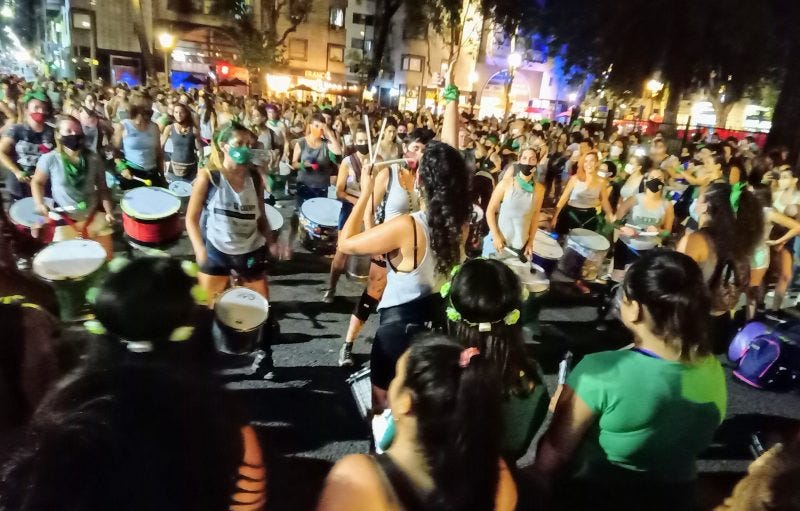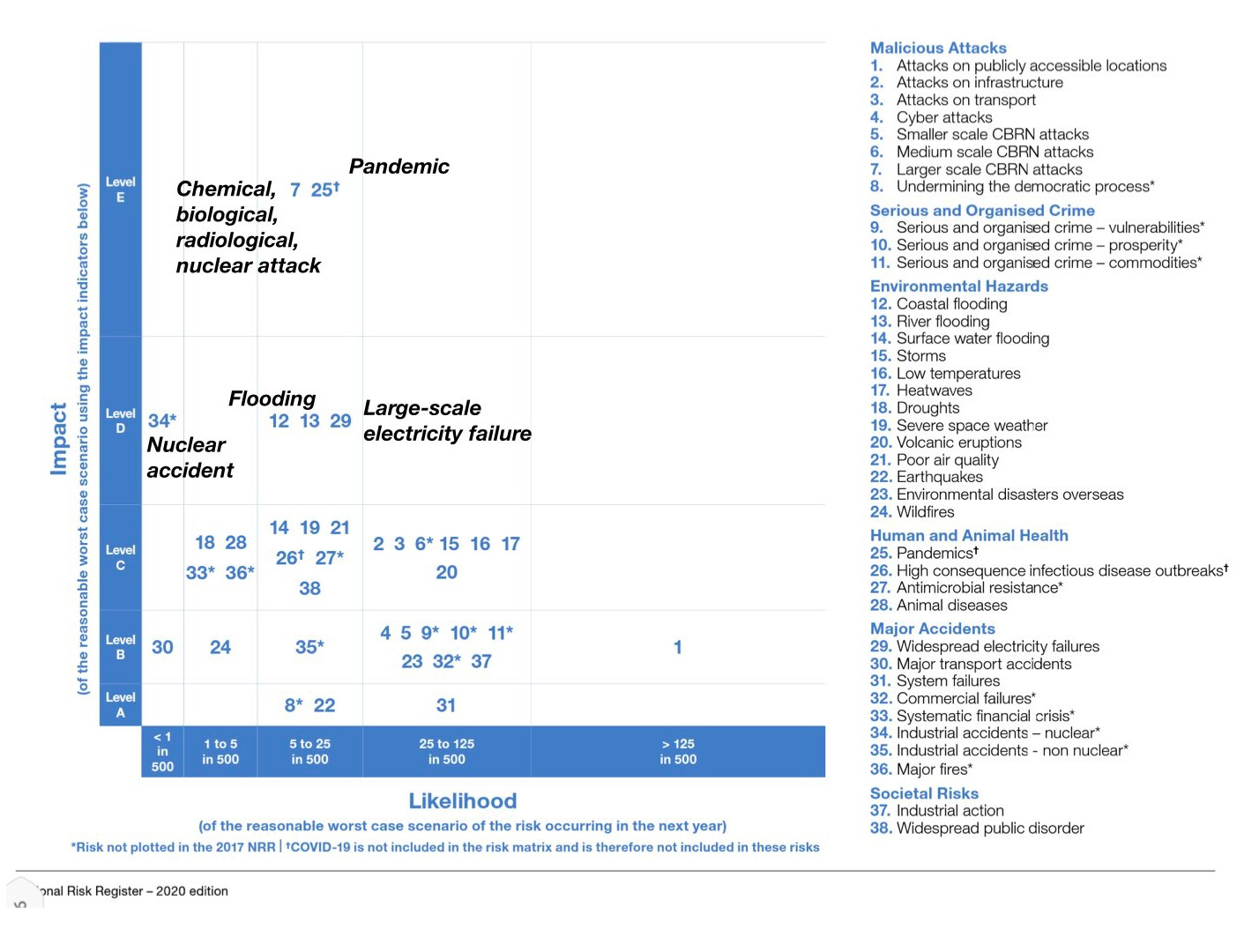Welcome to Just Two Things, which I try to write daily, five days a week. Some links may also appear on my blog from time to time. Links to the main articles are in cross-heads as well as the story.
#1: Fighting for reproductive rights
One of the striking trends over the last few years has been the success of women in mobilising to gain reproductive rights. In Ireland, a long-standing Constitutional ban on abortion was overturned in a referendum, surprising many. In Poland, where the story is still unresolved, demonstrations persuaded the government not to tighten already restrictive abortion rules despite a court ruling. And recently, in Argentina, a two year campaign in support of a Bill allowing legal voluntary abortion has been successful. (The Bill was passed by the Aregntinian Senate on 30th December 2020).
Although much of the organisation for these campaigns was done online, the actual mobilisation tended to be old school, on the ground, at points in the process where being seen and heard mattered. In Poland and Argentina, this was achieved despite the pandemic. There’s a fine piece in Global Voices by Romina Navarro, with even better photographs, about how this worked in Argentina:
On key dates, the National Campaign for the Right to Legal, Safe and Free Abortion organized live social media reportage, rallies, and vigils at the National Congress and across every city in Argentina to show support for the bill and demand representatives cast a vote in favor of the right to decide. Attendees were urged to take caution with masks and hand sanitizers, and to avoid crowds, hugs, and close contact as much as possible….
In Buenos Aires, Argentina’s capital, mass demonstrations during the debates occupied the entire 400-meter (1,300-foot) length of the Congressional Plaza along both Rivadavia Avenue and Callao Avenue from the corner of the National Congress. On the opposite end of the square, separated by extensive security fencing, pro-life protesters gathered to express their opposition to the law.
Photo by Romina Navarro/ via Global Voices
Of course, the acid test of the strength of this trend will likely be seen in the United States when the conservative super-majority on the Supreme Court finds the case it needs to try to gut Roe v Wade.
I meant to write about the 2020 UK Risk Register earlier. Here’s the chart of serious risks—I’ve annotated the big ones so you don’t have to fight with the key. The scale on the y-axis—Levels A through to E—is an indicative guide to impact can be summarised as modest/local at the bottom and vast at the top. Level A risks are less than £10 million in economic impact, a handful deaths, or 50 people evacuated. Level E—again indicatively: £10 billion in economic impact, or more than a thousand deaths, or 100,000 people evacuated.
In case you’re wondering if the pandemic risk has been upgraded since the 2017 edition of the Register, the answer is no. It would seem that Britain’s chaotic pandemic response is down to ministers not taking the Risk Register seriously.
What has changed? There are new risk summaries for: serious and organised crime risks, disinformation, and hostile state activity. In addition some of the risks that were discussed in 2017 have now gone through a formal assessment process for the Risk Register. These are antimicrobial resistance, and major fires—the last obviously a climate change effect.
The Register has a compact assessment of long-term trends, and each of the assessed risks has a short review chapter. I’d have thought this was a useful resource if you were thinking about either weak signals of change or wildcards.
(H/t Jamie Saunders)
J2t#17
If you are enjoying Just Two Things, please do send it on to a friend or colleague.




